The future of urban life is undergoing a remarkable transformation, driven by technological advancements and innovative architectural concepts. The emergence of smart cities promises to revolutionize the way we experience and interact with our urban environments. These visionary proposals combine sustainability, efficiency, and connectivity to create urban spaces that are not only functional but also environmentally friendly and citizen-centric.
One of the most exciting developments in futuristic smart cities is the widespread adoption of autonomous transportation. These cities feature a comprehensive network of autonomous vehicles, including self-driving cars, buses, and delivery drones. These vehicles are designed not only for convenience but also to reduce traffic congestion, lower accident rates, and decrease the need for traditional parking infrastructure.
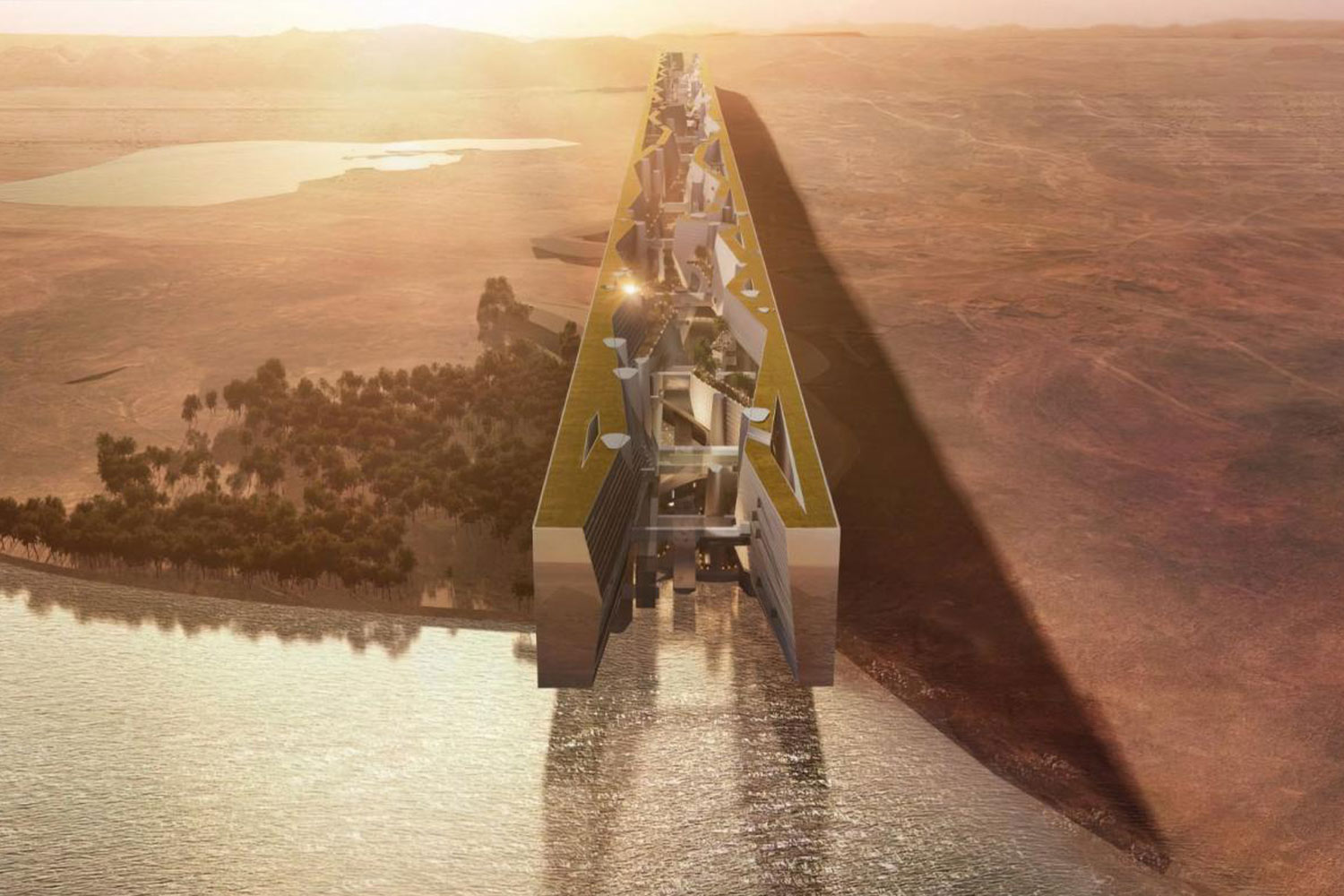
The Futuristic City of Saudi Arabia, The Line.
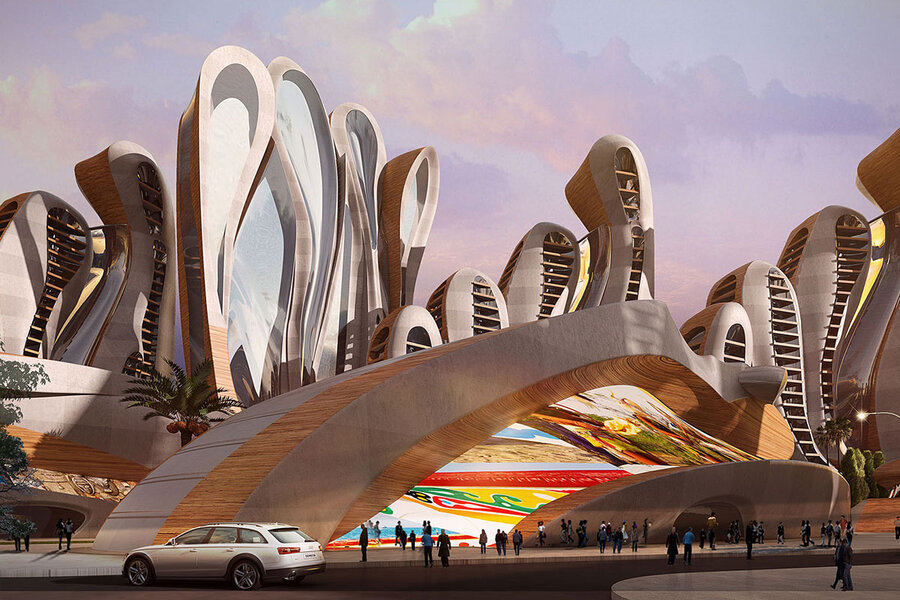
Akon City in Mbodiene, Senegal. The Futuristic City in Wakanda style.
Traffic congestion is a persistent problem in many cities around the world. However, in futuristic smart cities, artificial intelligence (AI) takes the wheel to optimize traffic flow and minimize gridlock. Smart traffic lights, predictive traffic routing apps, and vehicle-to-infrastructure communication systems work seamlessly to create efficient transportation systems.
AI algorithms analyze real-time traffic data and adjust traffic light timings accordingly. These cities prioritize efficient transportation, reducing commute times and minimizing fuel consumption, all while reducing stress for residents.
Imagine a city connected to other urban hubs through a high-speed and energy-efficient transportation system known as the hyperloop. This revolutionary mode of transportation relies on vacuum-sealed capsules that travel at incredibly high speeds through low-friction tunnels. The result? Drastically reduced travel times and minimal environmental impact.
Hyperloop transportation not only connects cities in record time but also reduces the need for short-haul flights and their associated emissions. It’s a game-changer for regional and intercity transportation.
The health and well-being of residents are paramount in the smart cities of the future. Wearable devices and sensors integrated into the urban environment continuously monitor residents’ health. These systems provide early disease detection, emergency response coordination, and valuable data for healthcare research.
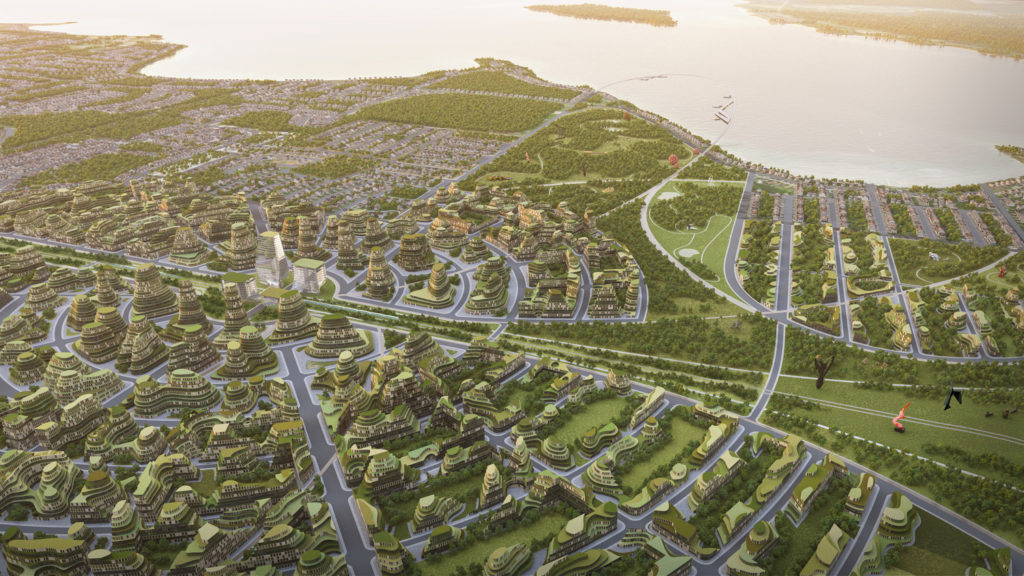
La Ciudad Verde del Futuro, The Orbit en Innisfil, Canada.
Access to clean water is a fundamental human right. In futuristic smart cities, advanced water recycling and purification systems ensure a sustainable and clean water supply. These cities treat wastewater for reuse in non-potable applications, reducing water waste and environmental impact. Water scarcity is a growing concern globally, and these cities serve as a model for responsible water management and conservation.
Digital twin technology creates virtual replicas of entire cities, continuously updated with real-time data. City officials and planners can simulate various scenarios, aiding in urban planning, disaster preparedness, and infrastructure maintenance. Digital twin cities harness the power of data to make informed decisions and optimize city operations. These digital replicas serve as invaluable tools for city management, offering insights into everything from traffic patterns to environmental changes.
In futuristic smart cities, augmented reality (AR) becomes an integral part of urban navigation. AR apps provide real-time navigation and information about the city, overlaying directions, historical context, and points of interest onto the user’s field of view. These apps make exploring the city a richer and more informative experience. Whether you’re a tourist exploring a new city or a resident looking for a hidden gem, AR navigation enhances your urban experience.
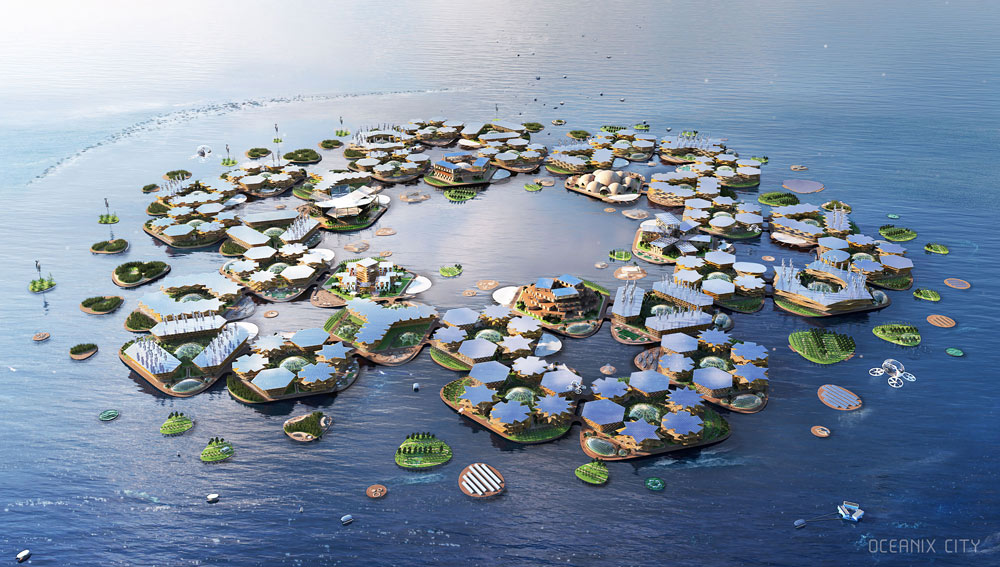
The world’s first prototype of a resilient and sustainable floating city, Oceanix Busan in Korea.
To address food security and reduce the carbon footprint of food production, futuristic smart cities integrate vertical farming systems into skyscrapers and urban spaces. These innovative farms grow fresh produce locally, reducing the need for long-distance food transportation and lowering carbon emissions. Imagine enjoying locally grown fruits and vegetables, knowing that your city is actively working to reduce its environmental impact and ensure a sustainable food supply.
Futuristic smart cities recognize the importance of resilience in the face of natural disasters and climate change impacts. These cities invest in resilient infrastructure and urban designs that can withstand extreme events. Flood-resistant buildings, green buffers, and disaster response systems are all part of the resilience strategy. These cities are not only prepared for the challenges of the future but also prioritize the safety and well-being of their residents.
Futuristic smart cities are redefining urban living as we know it. These visionary proposals leverage advanced technology, sustainable practices, and citizen-centric design to create urban environments that are more efficient, environmentally friendly, and enjoyable to live in. From sustainable energy grids to autonomous transportation and digital twin cities, the future of urban living is bright, innovative, and inspiring. As we look ahead, these ideas serve as a blueprint for cities worldwide, demonstrating the endless possibilities for improving the way we live, work, and interact with our urban surroundings.



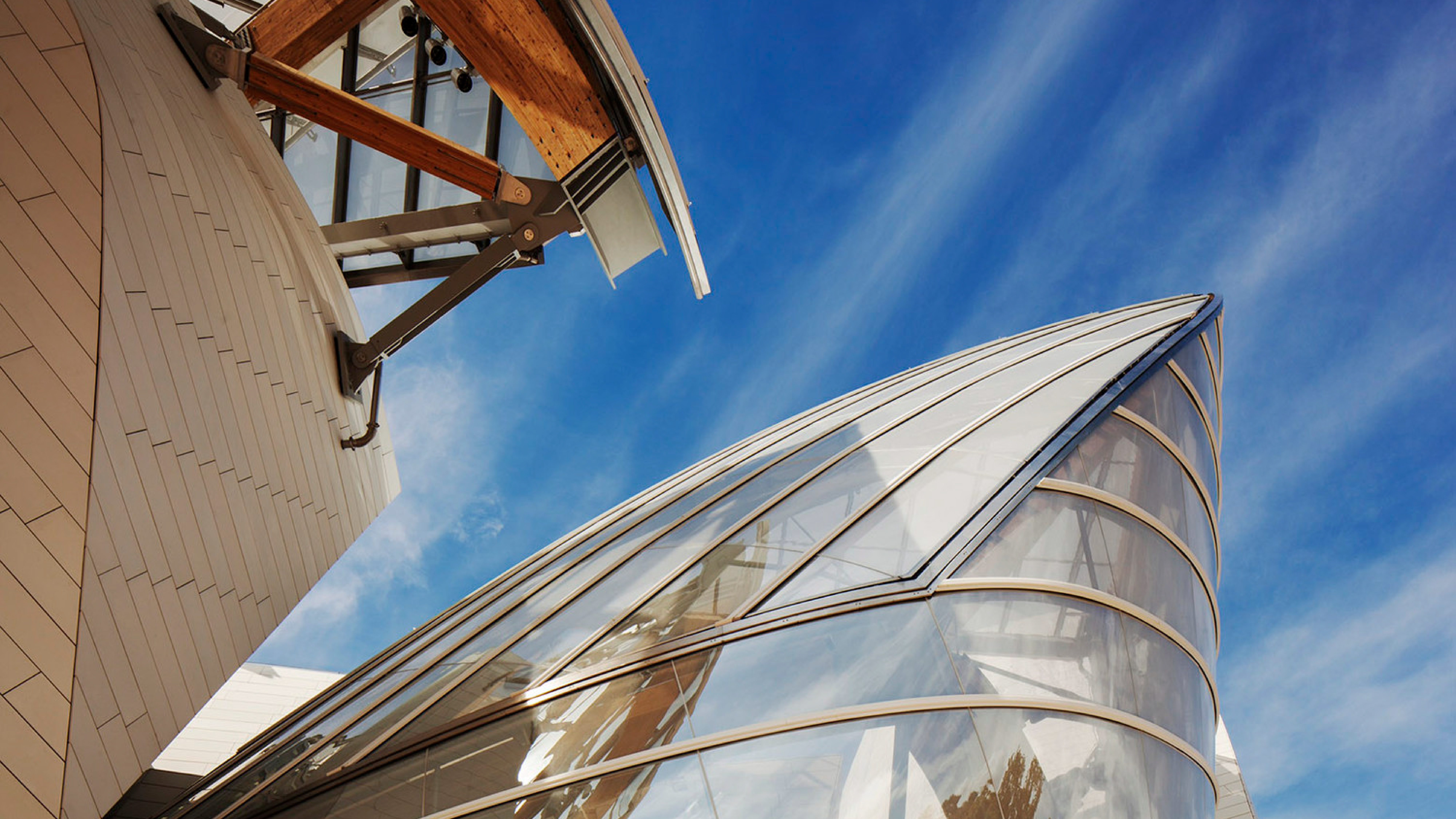
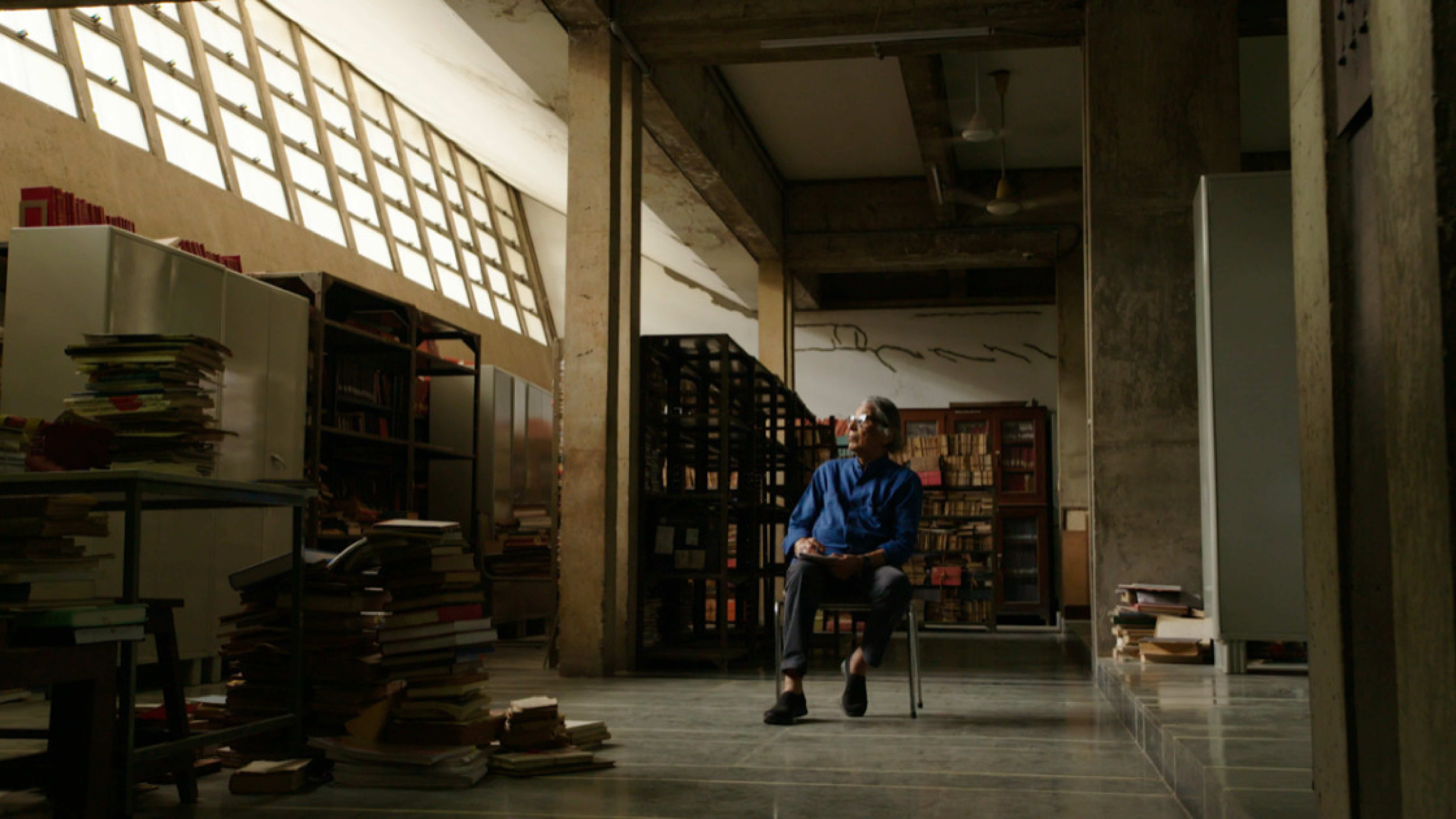
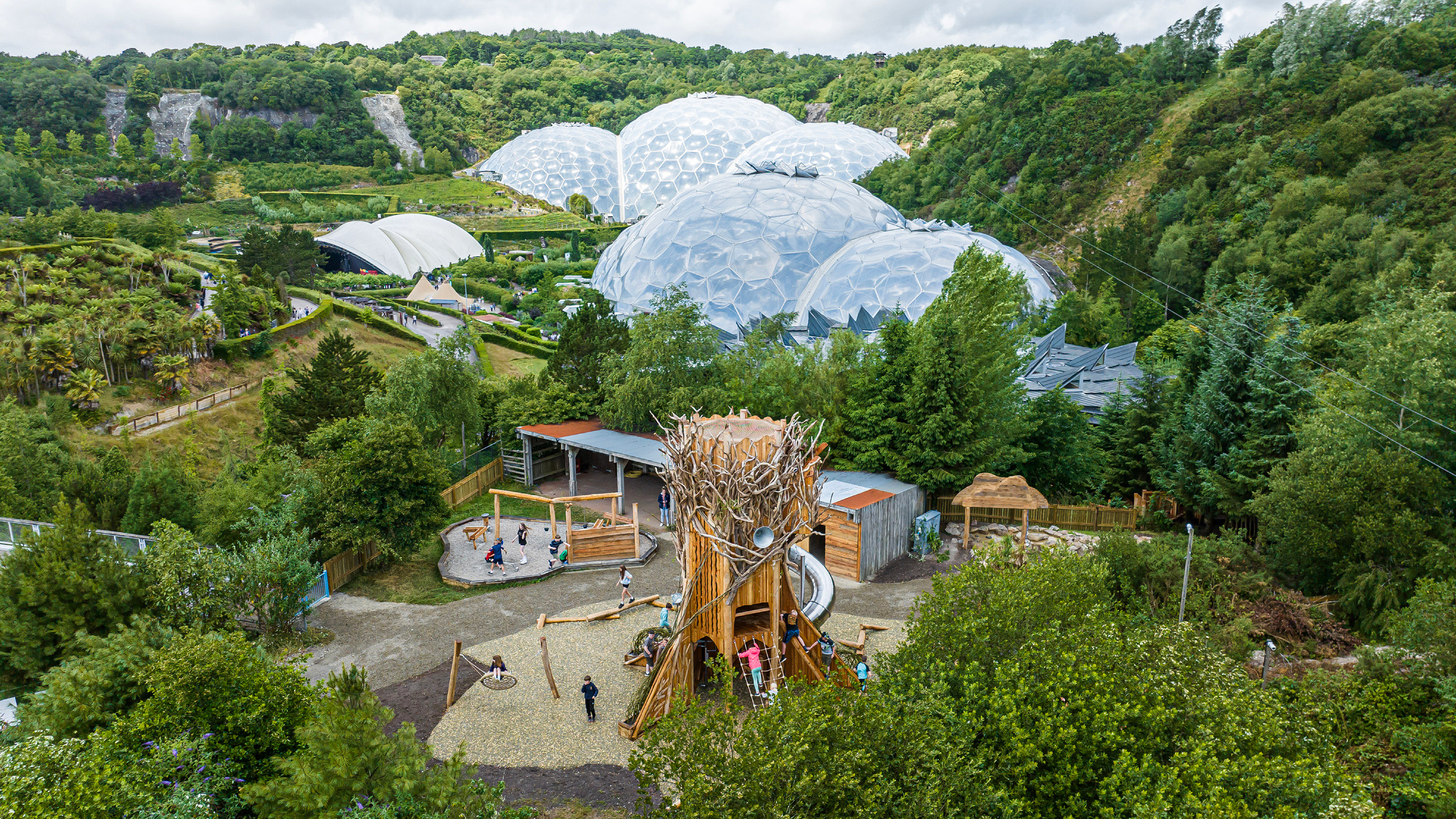

Leave A Comment